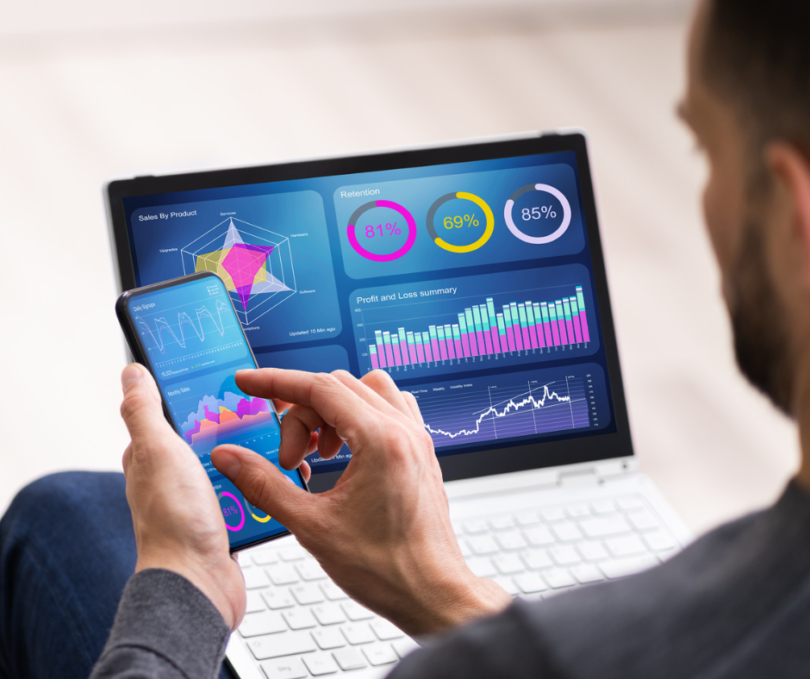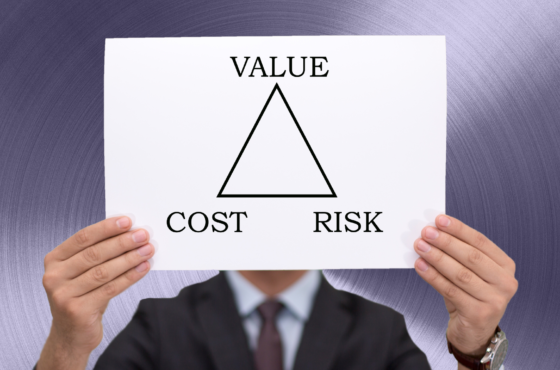Using AI to Analyze Programs in the Competitive Energy Markets
The energy market is changing fast. The rise of renewable energy sources, electric vehicles, and smart home technology are all reshaping how we use and buy electricity. But these changes aren’t limited to residential customers—they also significantly impact how businesses purchase power for their operations. For example, AI-powered predictive analytics could help companies identify which customers are at risk for disconnection due to late or nonpayment based on behavioral data collected from past interactions with those individuals (such as missed bill payments). This would allow them to intervene faster before service gets cut off due to nonpayment.
The new AI-powered energy markets are taking over retail energy and creating new opportunities and challenges.
The good news is that AI is a powerful tool for the energy market. It can be used to optimize demand response programs, increase transparency, reduce transaction costs, and improve customer service by automating manual processes. But there’s also some bad news: The rise of these automated platforms may lead to increased market concentration and costs for consumers through higher prices or fewer choices–if not both!
The future is here, and it brings with it a variety of ways that AI can be used to shape the energy market.
AI is already being used to shape the energy market. One example is demand response programs, which are designed to reduce electricity consumption during peak times when demand for electricity exceeds supply capacity. In these programs, utilities or grid operators use automated systems that monitor real-time conditions on their networks and automatically shut off power if necessary. This allows them to keep costs down while maintaining reliability for consumers who don’t want their power interrupted during high-demand periods–and they can do this without having employees constantly monitoring screens all day long!
Another way AI could benefit utilities is by helping them identify new customers who would benefit most from renewable energy offerings such as rooftop solar panels or battery storage systems (which allow homeowners/businesses access clean sources of electricity even when there’s no sun shining).
Here are ways that AI will be used in the future of retail energy markets.
Predictive analytics will be used to optimize demand response programs.
Demand response programs encourage customers to reduce their energy usage during peak hours. Utilities offer this service as an incentive for customers who want to save money on their utility bills and help manage demand on the grid at peak times. Customers can participate in these programs by installing smart meters and other technologies, which allow them to receive real-time information about their energy use and incentives from their utility company if they reduce consumption during peak hours.
- Predictive analytics can identify new customers who would benefit most from renewable energy offerings.
Predictive analytics can identify new customers who would benefit most from renewable energy offerings. AI can analyze a large amount of data, including customer usage patterns, price comparisons, and other factors. This information can then be used to predict which customers are likely to switch suppliers or buy more renewable energy in the future. AI can also identify these same types of customers without having them opt-in at all — just by analyzing historical data on how much each customer uses and comparing it against available offers from other suppliers in the area.
- Predictive analytics can predict which customers want certain home energy system features (like a smart thermostat).
Predictive analytics can predict future energy use, costs, and savings for homes with smart thermostats.
Predictive analytics aims to forecast the likelihood that a customer will switch from one energy supplier to another based on their usage history, price trends, and other factors such as age or location.
- AI could help companies detect anomalies in their data sets to better understand customers’ needs and preferences for more effective marketing campaigns.
- AI could help companies detect anomalies in their data sets to better understand customers’ needs and preferences for more effective marketing campaigns.
AI has the potential to change how we do business fundamentally, but it’s not just about automating processes or increasing productivity; AI can also be used to make better decisions by analyzing large amounts of unstructured data that may previously have gone unnoticed. This includes things like customer service calls or billing statements, which might not seem important at first glance but actually contain valuable information about your customers’ behavior patterns and preferences – information you wouldn’t have access to otherwise!
With this knowledge, you can create targeted campaigns tailored specifically toward each user group with higher chances of success (and lower costs).
- AI also could help companies predict which customers have a high risk for disconnection due to late payment or nonpayment based on behavioral data collected from past interactions with those individuals, allowing them to intervene faster before service gets cut off due to nonpayment.
- AI also could help companies predict which customers have a high risk for disconnection due to late payment or nonpayment based on behavioral data collected from past interactions with those individuals, allowing them to intervene faster before service gets cut off due to nonpayment.
- This is an example of a use case where AI can provide an advantage over traditional methods because it can leverage massive amounts of information that would be difficult for humans to process manually.
Conclusion
As you can see, there are many ways that AI could be used in the energy market. The key is to keep an open mind and explore all possibilities.
By Christina Corcoran, Managing Director, Energy Marketing Conferences




